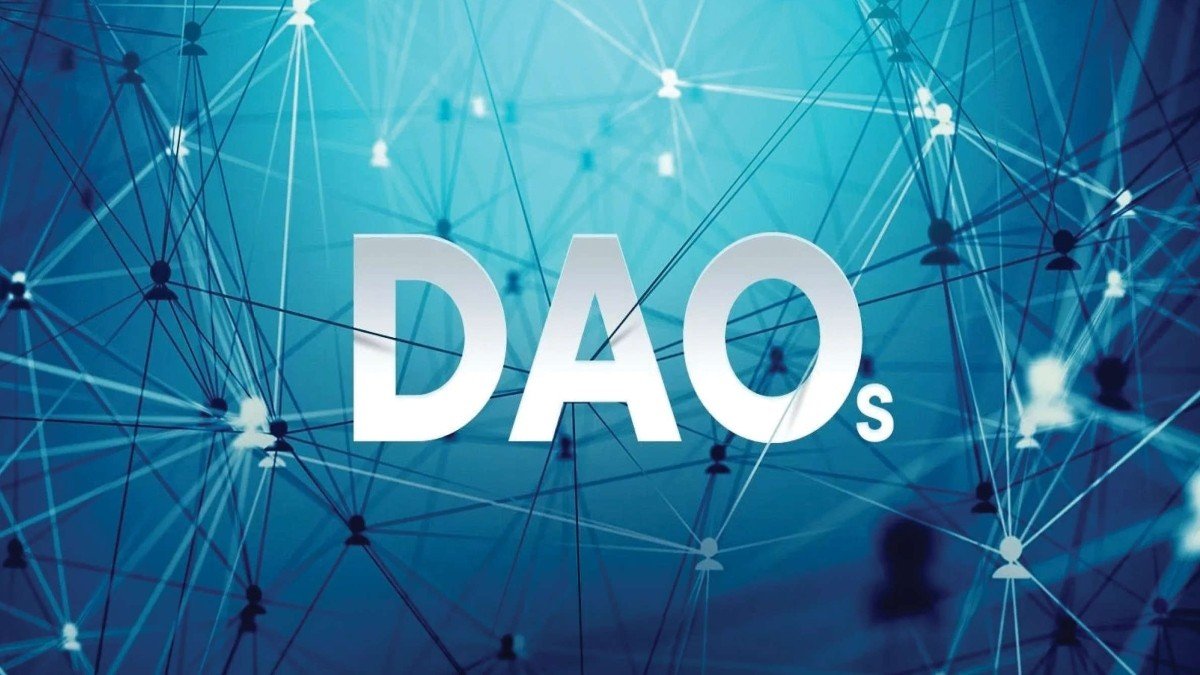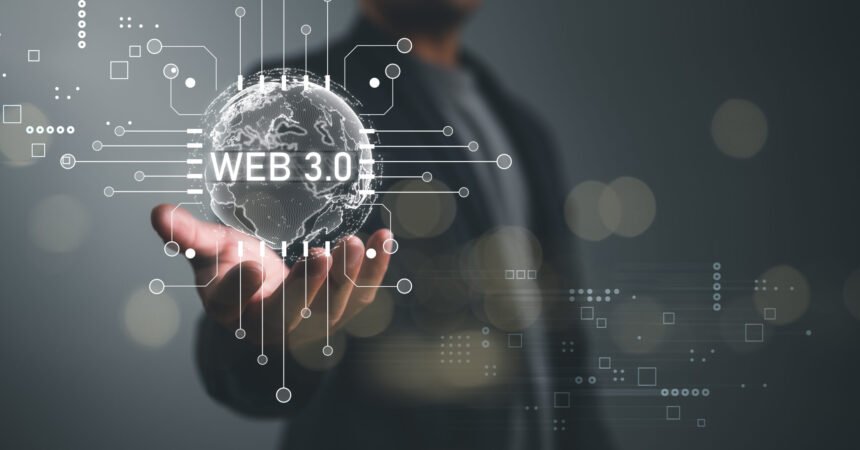The Internet is undergoing a radical makeover, based on the conventional Web2 model Internet distributed paradigm called Web3. Web3 promises to empower people, upset sectors, and open fresh commercial prospects. Web3 allows companies to innovate, improve customer experiences, and create Internet sources. As the Internet develops, knowing the possibilities of Web3 and how it can affect your company is vital to remaining competitive in this fast-changing environment.
Web3 Empowering Consumers and Businesses
Designed on blockchain technology, smart contracts, and peer-to-peer networks, Web3 is a distributed internet. While central authorities like Google, Amazon, and Facebook dominate most of the online environment in Web2, Web3 empowers consumers by allowing them authority over their data, digital assets, and online identity.
Using blockchain technology, Web3 presents openness, security, and trust, negating the need for intermediaries and enabling direct personal interaction between people. Web3 is fundamentally composed of distributed apps (dApps), cryptocurrencies, non-fungible tokens (NFTs), and distributed finance (DeFi). These technologies are not only changing the digital economy but also opening a plethora of chances for companies in all spheres.
Web3 Benefits for Businesses
Enhancing Customer Experience with Web3
By giving companies more control over their online experiences, Web3 allows them to increase client involvement. The ability of consumers to own their data, digital assets, and online identities—one of the main characteristics of Web3—is for companies, and this presents a chance to let clients govern their data and transactions, therefore fostering confidence.
For instance, a brand might provide NFTs as part of a loyalty program. Consumers get digital assets reflecting prizes, unique content, or access to special events. This gives customers more agency and value outside conventional transactions, improving their whole consumer experience.
Furthermore, Web3’s focus on distributed identification can assist companies in expediting the client onboarding process. Users with a secure, distributed identity could quickly log into services across several platforms without routinely disclosing private information, enhancing security and convenience.
Web3 New Revenue Opportunities
The capacity of Web3 for Business to open fresh revenue sources and company prospects makes it among the most fascinating developments. Cryptocurrencies, NFTs, and distributed finance (DeFi) are challenging traditional company models, so businesses can use these technologies to develop creative income-producing ideas.
One idea that NFTs have transformed is digital ownership. Using NFTs, fashion, music, and art, companies may now directly market digital goods or experiences to consumers. Tokenizing their works lets artists let clients buy, exchange, or resell their masterpieces. Likewise, businesses might provide limited-edition digital tools with actual value that generate fresh income sources.
Decentralized finance (DeFi) creates further possibilities by giving companies access to distributed financial services, including lending, borrowing, and yield farming. By providing cross-border transactions with lowered fees, Web3 lets companies access worldwide markets and sidestep conventional financial intermediaries.
Data Control and Privacy in Web3

Businesses in Web 2 depend on centralized systems to gather and control client data. However, since individuals have little say over how their personal information is utilized or distributed, this frequently results in privacy issues. The distributed character of Web3 for Business guarantees people have ownership and control over their data, which can be a significant benefit for companies trying to establish confidence with their consumers.
For companies, you are free from depending on third parties or centralized systems to handle consumer data. Web3 for Business instead lets consumers exchange just the required data with companies, fostering a more transparent and safe relationship. Businesses further motivate users to interact with the platform by rewarding consumers with tokens or incentives for choosing to enter data-sharing agreements.
Web3 Transparency and Trust
Among the fundamental ideas of Web3 Needs is transparency. Blockchain technology guarantees that every transaction is publicly verifiable and unchangeable, therefore fostering a degree of openness not achievable in conventional, centralized systems. This is crucial for companies trying to establish confidence with clients and partners.
Blockchain-based solutions, for instance, can give end-to-end insight into the flow of commodities in sectors such as supply chain management, ensuring that all those engaged in the supply chain have access to correct and current information. This can help lower fraud rates, boost consumer trust, and improve business-customer efficiency.
Blockchain technology can give companies in sectors such as finance open records of financial transactions, therefore lowering their risk of fraud and fostering confidence. Adopting Web3’s openness would set companies apart from rivals and project leadership in their sectors.
DAOs Empowering Decentralized Decision-Making
The rise of distributed autonomous organizations (DAOs) is another salient aspect of Web 3. Operating under smart contracts, DAUs are groups where members share rather than centralized decision-making authority under one entity. This produces a more transparent and democratic organizational framework.

DAOs let companies test distributed decision-making systems that empower staff, consumers, and other stakeholders through dispersed control. For instance, a firm might create a DAO to include its local community in important decisions such as marketing plans or product development. This promotes involvement and cooperation and fits the dispersed Web3 for Business ethos.
DAOs can also present fresh approaches for companies looking to fund themselves. Through tokenized voting and governance, companies can create tokens granting voting authority to investors, therefore enabling direct corporate direction impact. This distributed form of government would allow companies to draw a broader spectrum of investors and build more inclusive decision-making procedures.
Web3 Adoption Challenges
Although Web3 has excellent promise, companies must be ready to negotiate the difficulties of implementing these new technologies. The steep learning curve connected with Web3 presents one of the key obstacles. Businesses must invest in team education, new technical development, and knowledge of the convoluted legal environment around cryptocurrencies and blockchain technologies.
Scalability poses yet another difficulty. Blockchain and Web3 for Business technologies, in particular, are still in their early years of development; hence, scalability can be a challenge for companies trying to manage high transaction volumes. Although companies must be aware of Web3’s constraints and plan appropriately, solutions include layer-2 scaling solutions, and interoperability protocols are under development to handle these obstacles.
Finally, Web3 adoption calls on companies to adopt a new perspective anchored on decentralization. This entails ceding some authority over governance, decision-making, and data. Companies that can negotiate these obstacles and fit Web3’s distributed attitude will be in a prime position to seize the possibilities it offers.
Final thoughts
Web3 has great promise for companies in all spheres. The chances for innovation are plentiful, from boosting consumer experiences and creating trust through openness to unleashing new business streams and strengthening data privacy. However, businesses must carefully consider the ramifications of using Web3 gaming technologies, invest in technical knowledge and education, and be ready to negotiate decentralization’s obstacles. Businesses that embrace the distributed future of the internet have increased development prospects, encourage more customer involvement and remain competitive in an increasingly digital environment.









